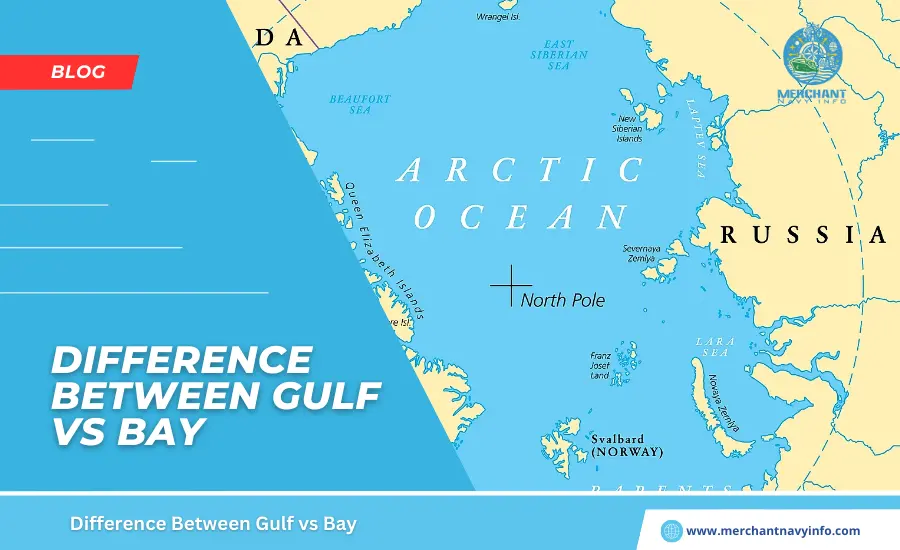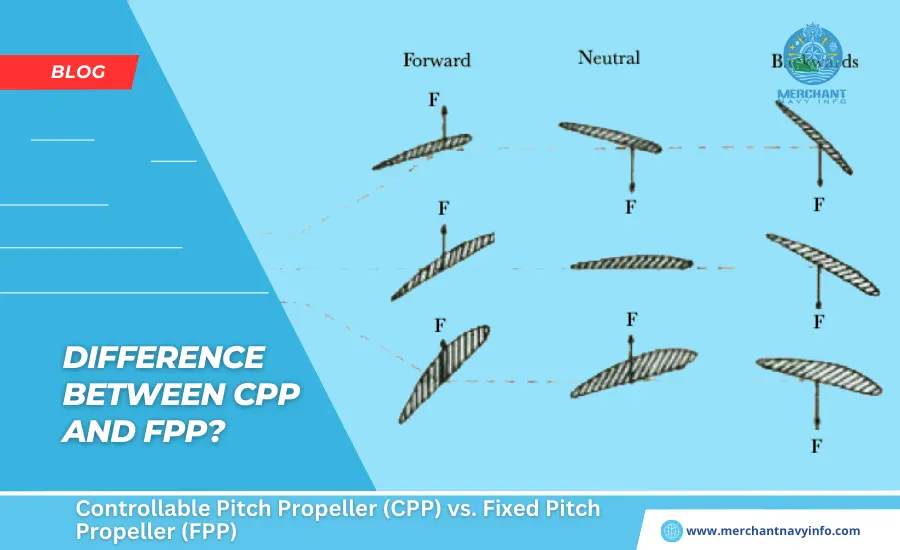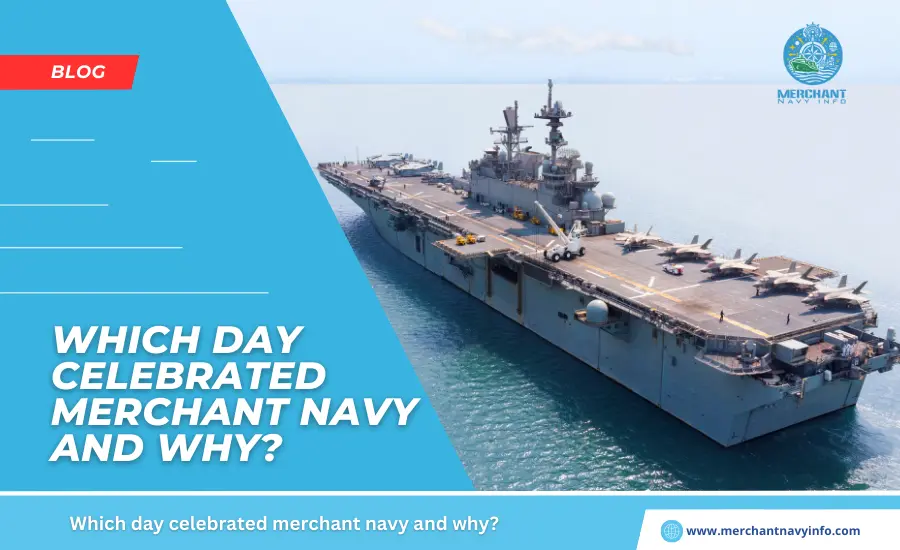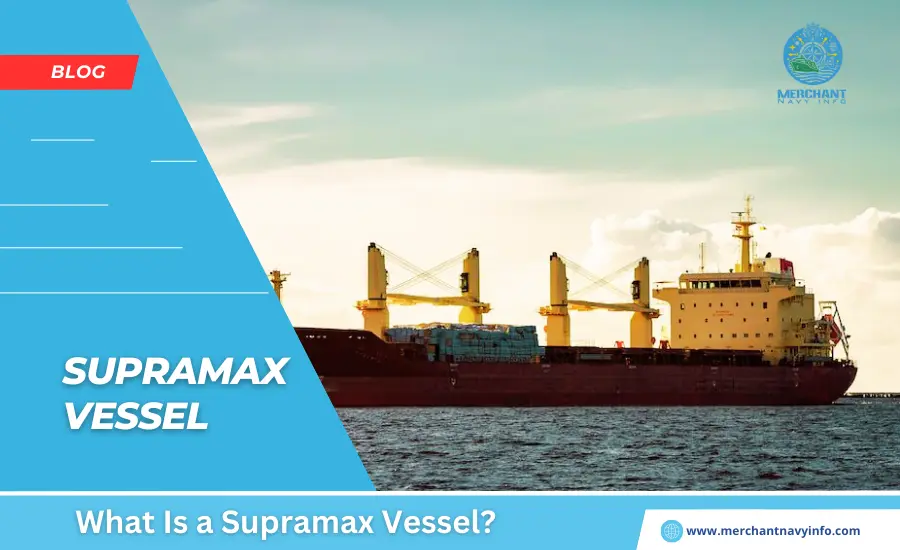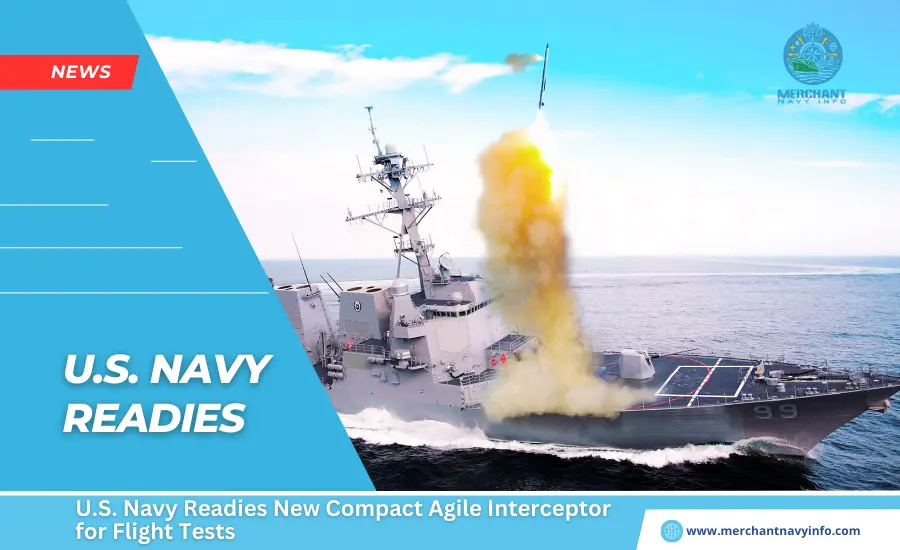
A dredger vessel equipped with one or more devices for stripping or sucking sediment from the seabed is called a dredger vessel (a device used to excavate and scrape away the seabed is called a dredger vessel ). Excavation in shallow or fresh water with the intent of collecting bottom sediments for disposal elsewhere is called Dredging.
Sediments May Be Collected For The Following Purposes:
- Facilitating navigation and fishing in shallow waters
- Replenishing sand on public beaches that may be suffering from severe coastal erosion
- Gold and coal mining
- Removing pollutants from the seabed
- Reclaiming areas damaged by oil spills or natural disasters
- Building new ports Dredging can be very harmful to the marine and aquatic environment, but in some situations, it may be the only option.
Dredge Types Are Broadly Classified Into Three Categories
Based on the method used to transport dredged material from the seabed to the surface :
- Mechanical dredgers, which are suitable for working in tight spaces.
- Hydraulic excavators, which work on the principle of adding large amounts of process water to alter the original structure of the sediments;
- Other excavators which do not fit into the above two categories;
1. Mechanical Excavators:
These come in various forms, but all have the same working principle of “hand baling”. They are equipped with a grab or bucket, move over the loose bottom sediments, and then load the material into the bucket, which is then raised and transported to the required disposal site. Some common mechanical excavators are described as follows:
(I) Shovel Excavators:
This is the oldest type of mechanical excavator. These are considered fixed dredger vessel as they are attached to an anchor but can be moved along a half arch using a winch while dredging. Bucket excavators have an infinite chain of buckets which scrape off the loose excavated material and fill it up. After it is completely filled the bucket can be emptied into a barge by inverting it over the barge.
(Ii) Bucket Chain Excavator:
This type of excavator is just an improvement over the conventional bucket chain excavator. The rows of buckets of these excavators are mounted on wheels which pick up the sediment mechanically. They are more efficient and capable of pulling out even the strongest and hardest corals. The only limitations of these dredger vessel are their low productivity, need for multiple anchor lines, and high noise levels, which make them obsolete today. They can be used on a variety of materials, including soft rocks, and are powerful enough to rip out corals. However, their use has declined sharply in recent times due to their low productivity, high noise levels, and need for anchor lines.
(Iii) Grab Dredger:
Grab dredgers (or clamshells) are also fixed dredger vessel attached to anchors or anchor piles. The cutting tool of these excavators is the grab, which consists of two half-shells actuated by wire. These half shells are filled with dredged material and loaded onto barges. The grabs are attached to draglines or hydraulic excavators. There are various types like (above) open grippers, (above) closed grippers and waterproof grippers. Grab excavators have capacities ranging from 1.0 to 20 m3, whereas grab hopper excavators have capacities ranging from 100 to about 2,500 m3. Their capacity depends largely on the performance of the crane. Grabs can efficiently remove material from wharves and pool corners and also facilitate excavation close to quays.
(Iv) Backhoe Loaders:
These are also known as bucket excavators and, to some extent, resemble land excavators. They are used for port maintenance and dredging shallow waters. These are hydraulically driven excavators consisting of a semi-open shell or digging bucket capable of excavating a variety of materials. Bowls or spoons are moved into the machine and, once full, are emptied into a barge. The spoons have a capacity of 0.5-13m³. Care should be taken when dropping this heavy, hard bucket, as it can damage the canal lining and the quay walls.
2. Hydraulic Excavators:
The most important feature of hydraulic excavators is that the material dredged by this type of excavator is in a suspended state, lifted by the pump system, and discharged into the discharge pipe. It is ideal for dissolving fine materials as they are easier to keep in suspension than heavy gravel. With powerful pumps, hydraulic excavators can remove gravel and other solids. Some of the common hydraulic dredgers are:
(I) Suction Dredgers:
These are typically used to remove sand and silt deposits from the seabed. They have a vertical suction pipe, which is an pushed vertically into the sand pit, and the dredged material is sucked in with or without a water jet. The dredged material can be loaded onto barges or also transported directly to the landfill area. Suction dredgers are of two types, namely profile or smooth suction dredgers and also cutter suction dredgers. The rest of the operation and construction of a cutter suction dredger is similar to a smooth suction dredger; the only difference is that the cutter suction dredger is fitted with a cutting tool, which is a swinging arc.
(Ii) Towed Suction Dredger With Hopper:
The towed suction dredger with a hopper is a self-propelled dredger. It consists of a hopper or trailer with a bottom flap or valve. The material is hydraulically dumped into the hopper. Once this hopper or trailer is filled, the bottom flap or valve is closed, and the hopper is lifted using a crane or winch. This dredger is most commonly used in open waters such as rivers, canals, estuaries and the open seas. Hopper dredgers are self-propelled vessels, mainly suited for port maintenance and pipe digging, also which hold the cargo in a large hold called a hopper.
(Iii) Water Injection Excavator:
It is a self-propelled excavator that utilizes a powerful water jet to excavate sediment. The strong water current turns the sediment into a suspension. This suspension is heavier than water, so it is carried away by the water current and gravity and disposed of at a specific location. This type of excavator is generally used for dredging muddy and fine sandy soils and is often used in port maintenance. Water injection dredgers are often used for environmentally sensitive projects. They liquefy the material by pumping water into the bed material. Once liquefied, it can be moved by a second jet or carried away by natural currents.
3. Other types of excavators:
These are excavators which do not fall under the category of hydraulic excavators and mechanical excavators but are designed for specific purposes. All these other types of dredgers can be used in shallow waterways like narrow canals, industrial lagoons, also reservoirs etc.
(i) Jet Lift Excavators and Air Lift Excavators:
Jet lift excavators work on the principle of the Venturi effect. A high-velocity jet is injected, which forces the adjacent water into the delivery pipe along with the fluidized bed material. Air jack excavators are similar to jet excavators; the only difference is that they use high-pressure air as a medium to suck in water or material and also discharge it through a suction pipe. These jet excavators or high-elevation excavators cannot be used for strong and also hard materials.
(Ii) Downhole Suction Dredgers:
These dredgers operate on the line of mechanical cutter suction dredgers, except that they have a rotating Archimedes screw for cutting which is mounted vertically on the suction pipe. The drill-like screw rotates to remove the material, and also the removed material is sent to a suction tube located in the middle. This method of Dredging is used when the material needs to be dredged in precise vertical and horizontal dimensions.
(Iii) Rehabilitation Excavators:
This type of excavator is usually used for rehabilitation purposes. They are also called excavators for unloading barges.
(Iv) Pneumatic Excavators:
These work on the same principle as vacuum excavators. They consist of a chamber which has a high vacuum inside and also the chamber is suspended with the help of a crane. The bed material is pumped into the inlet chamber by the vacuum pressure and the chamber is lifted by the crane and emptied at the required location. These types of excavators are used only for light flowing material.
(V) Amphibious Excavator:
Amphibious excavators are the result of great technological advances as they can work in water and at heights. They are equipped with grab, bucket or also shovel equipment for digging.
(Vi) Plow Or Bed Leveller:
This is a special type of dredger with a long cutting blade or also bar mounted on a boat. As the excavator moves over the bed it scrapes the bed level to the required depth. It is used for direct excavation over short distances, since the blade only cuts off the dredged material over a certain distance.


